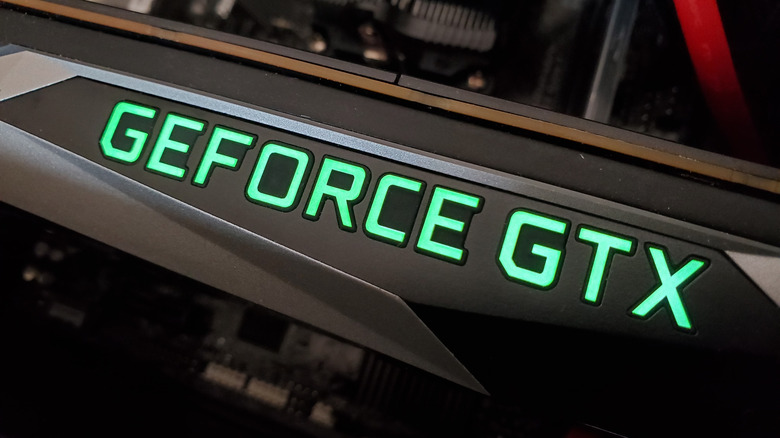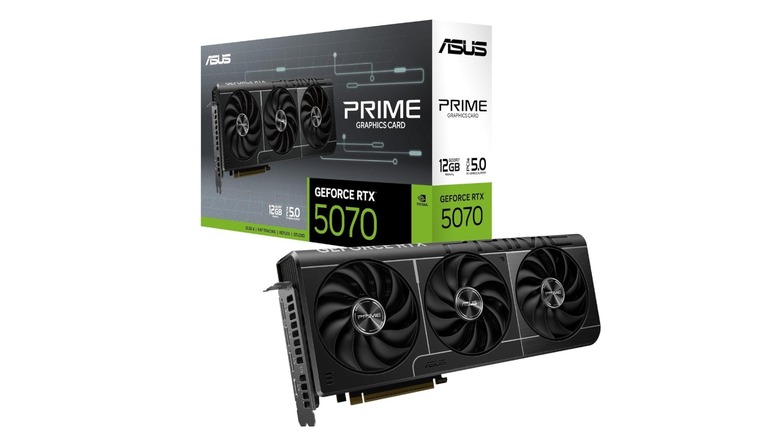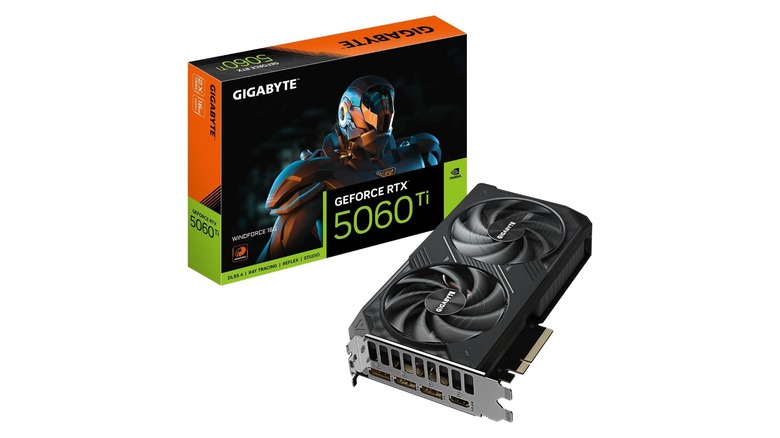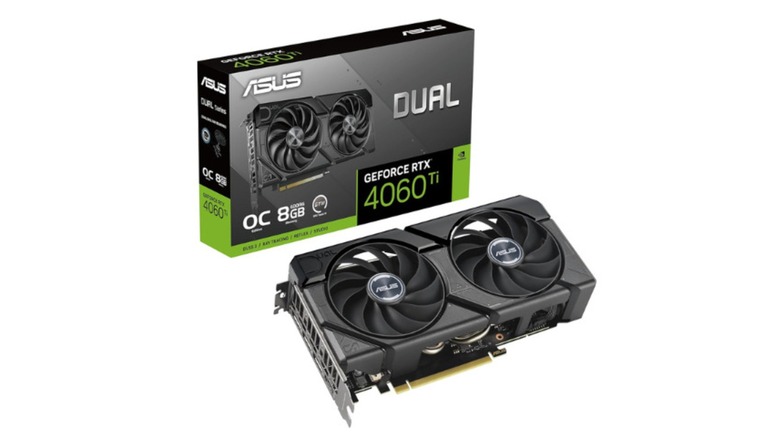The Best-Value Nvidia Graphics Cards Right Now (October 2025)
We may receive a commission on purchases made from links.
If you've been waiting for the right time to upgrade your graphics card, October 2025 might finally be it. Nvidia's latest RTX 50-series cards have pushed prices to eye-watering heights, but that's also opened up a window for value hunters. Mid-range and previous-gen options from Nvidia are seeing steady discounts, and some of them now rival premium models when it comes to frame-per-dollar performance. Whether you're building a new gaming PC on a budget or looking to push your old rig further, the right Nvidia card can still deliver serious muscle without doing too much damage to your wallet.
In this guide, we'll break down which Nvidia cards offer the most performance per dollar right now, where they fit in today's market, and which ones are smart buys ahead of the holiday rush. From budget builds to high-refresh 4K gaming setups — these are the GPUs that make the most sense to buy this month.
Nvidia GeForce RTX 5070 12GB
The Nvidia RTX 5070 lands squarely in Nvidia's midrange tier for October 2025, and it's making waves as a viable "sweet-spot" pick — that is, as long as you can stomach its trade-offs. With a launch MSRP of $609.99, you can find this card at the time of writing from Amazon for $543. It carries forward the legacy of the 50-series aim: to squeeze more performance and AI-driven features into the $500 to $600 bracket for GPUs.
Under the hood, the RTX 5070 is built on the Blackwell architecture, featuring a 2.16 GHz clock speed and a boost clock speed of 2.512 GHz. It packs 6144 CUDA cores (192 tensor cores, 48 RT cores) and is paired with 12GB of GDDR7 memory across a 192-bit interface, yielding a theoretical bandwidth of about 672 GB/s. Despite the generational jump, the 5070 doesn't drastically outpace its predecessor; reporting from Tom's Hardware shows only around a 20% uplift from the 4080 in non-DLSS raster workloads.
It claims a bigger advantage in Nvidia's soft power features. DLSS 4 and Multi-Frame Generation (MFG) remain cornerstones of the 50-series GPU series, enabling the 5070 to interpolate additional frames and boost effective frame rates — especially at 1440p and 4K resolutions with upscaling. Its power draw is rated at 250W, making it a manageable card for most midrange and even budget PSUs.
In practice, the 5070 is strong for 1440p high-refresh gaming, pushing lightly into 4K territory when DLSS and MFG are leveraged. Reviewers from TechSpot have noted that in titles such as Cyberpunk 2077 and Alan Wake 2, the 5070 competes well in its class, though it should be noted that it can struggle to match value against older 40-series options.
Nvidia GeForce RTX 5060 Ti 16GB
Moving on, the RTX 5060 Ti 16GB sits just below the RTX 5070 in Nvidia's 2025 lineup, and, as one of the 5 cost-effective graphic cards from NVIDIA that won't dissapoint, it's arguably the best way to step into the Blackwell generation of GPUs without overspending. Selling at the time of writing for $429.99, it delivers a surprisingly capable mix of modern features, generous 16GB of VRAM, and efficient performance that makes it ideal for both 1080p and entry-level 1440p gaming.
Taking a look at the specs, the 5060 Ti features 4,608 CUDA cores, 36 RT cores, and 144 Tensor cores, paired with 16GB of GDDR7 memory running on a 128-bit bus. With boost clock speeds hitting 2572 MHz and total power draw hovering around 180 watts, it's a cool and quiet card and can easily fit into a small form factor build and plays nicely with a midrange PSU. Despite the narrower memory interface, the shift to faster GDDR7 gives it roughly 448 GB/s of bandwidth, helping it edge out the older RTX 4060 Ti 16GB by 20% in raw performance.
In practice, that means smooth gameplay across modern titles like Baldurs Gate 3 and Black Myth Wukong at high settings according to benchmarks by Toms Hardware, with DLSS 4 and Frame Generation providing major boosts at 1440p. The 16GB of VRAM also gives this card a little more future-proofing for upcoming games and large texture packs, as 16GB is quickly becoming the standard needed for VRAM.
While the RTX 5060 Ti 16GB doesn't quite reach the same efficiency or 4K flexibility that you can find with the RTX 5070, it nails the value equation for those gamers who are looking for dependable 1080p and 1440p performance under $450. If you're upgrading from an older 20-series or 30-series card and don't need 4K resolution, this GPU delivers ton a of mileage for your money.
Nvidia GeForce RTX 4060 Ti EVO OC
If you're gaming at 1080p and don't want to spend a fortune, Nvidia's GeForce RTX 4060 Ti still delivers some of the best bang for your buck in 2025. It's currently available from Amazon for $329.99. Performance-wise, it's a big leap over the older RTX 3060, bringing stronger ray-tracing performance, better power efficiency, and full support for DLSS 3, which can dramatically boost frame rates in compatible titles.
The card's 8GB of GDDR6 VRAM might not sound flashy, but it's the sweet spot for budget-minded gamers in October 2025. The RTX 4060 Ti handles most modern games at ultra settings in 1080p resolution, and with DLSS turned on, you can often push frame rates north of 100 fps. It's also a quiet GPU and power-friendly, drawing only 165W of power. It's an ideal card for compact or entry-level builds.
That said, the RTX 4060 isn't built for everything. If you're planning on gaming at 1440p or 4K, this isn't the card for you; you'll hit VRAM and performance limits quickly. That being said, as it stands, the RTX 4060 Ti remains a reliable, power-efficient workhorse for anyone who's focused on getting a smooth 1080p gaming experience.



